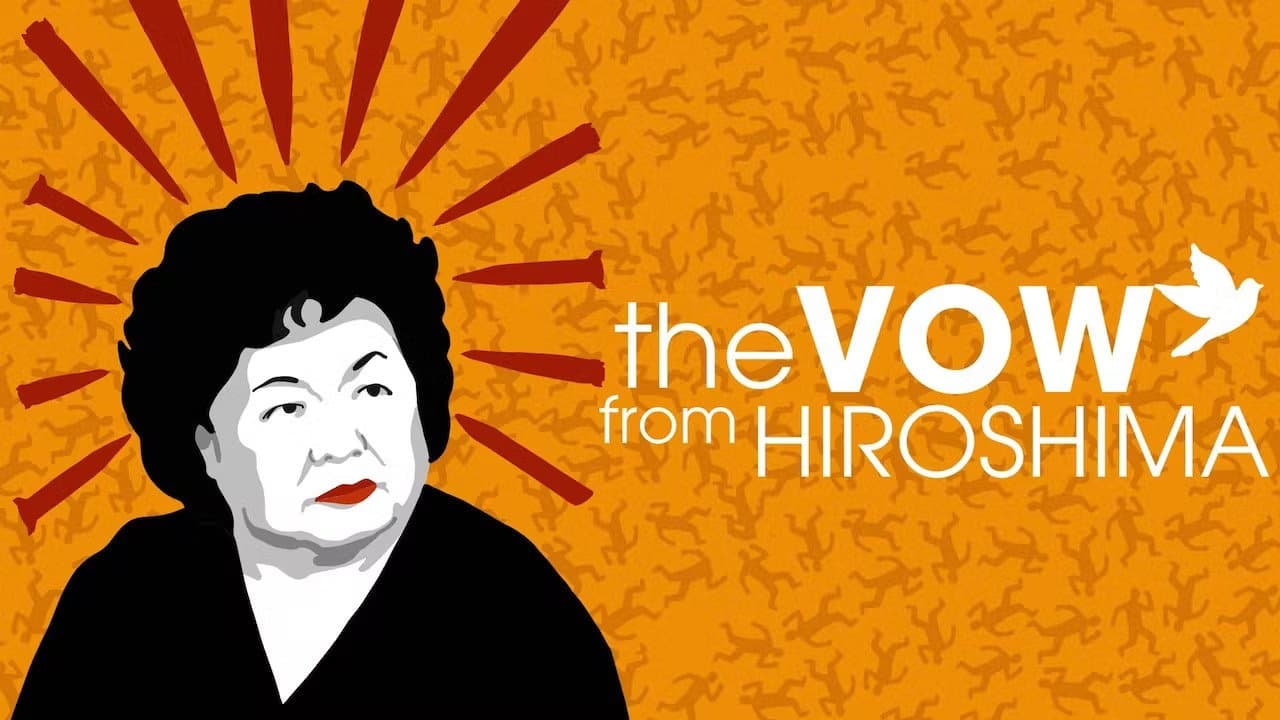Last year’s mega-hit Oppenheimer had people celebrating the invention of the Atomic Bomb and its destruction of Hiroshima and Nagasaki. Nothing was said of the civilians on the ground in those cities and what it did to them then and for decades afterwards. The Vow from Hiroshima gives viewers a counter-narrative perspective from a woman who was just a school girl in Hiroshima the day we dropped that first bomb. Setsuko Thurlow, now in her 90s, tells the her survivor story of that day, much of it harrowing in its frank description of what she witnessed. But it is anything but a victim narrative. Setsuko turned her experience into a life-long commitment to helping humanity turn away from nuclear weapons and was key player in the push to enact a global Treaty on the Prohibition of Nuclear Weapons, leading to her being chosen to accept the Nobel Peace Prize in 2017 on behalf of the International Campaign to Abolish Nuclear Weapons.
The film is also about the hibakusha – the Japanese word for those who survived. Many Hibakusha not only suffered from their radiation exposure and surviving a nuclear bomb, but also were subjected to discrimination at the hands of fellow Japanese. In the film, Setsuko befriends Mitchie Takeuchi, filmmaker and daughter of Hiroshima survivors, who grew up knowing her parents were Hibakusha, but they never talked about the experience. Through Setsuko’s and Mitchie’s friendship she and the audience gain insights into the lasting effects of the A Bomb, as well as a window into Setsuko’s growing anti-nuclear activism following the US H Bomb testing in the Bikini Atolls, which rained radiation on Japan again.
Since the film’s release in 2020, 70 countries have ratified the Treaty on the Prohibition of Nuclear Weapons (TPNW), the first legally binding international agreement to comprehensively prohibit nuclear weapons with the ultimate goal being their total elimination. The Vow From Hiroshima played a crucial role in raising awareness and inspiring action.
Right now we’re contending with serious conflicts around the world. The Doomsday Clock, which measure how close we are to a nuclear catastrophe is set at 90 seconds, the closest we have ever seen. The Vow from Hiroshima should be mandatory viewing for the world!
Streaming now on PBS app

